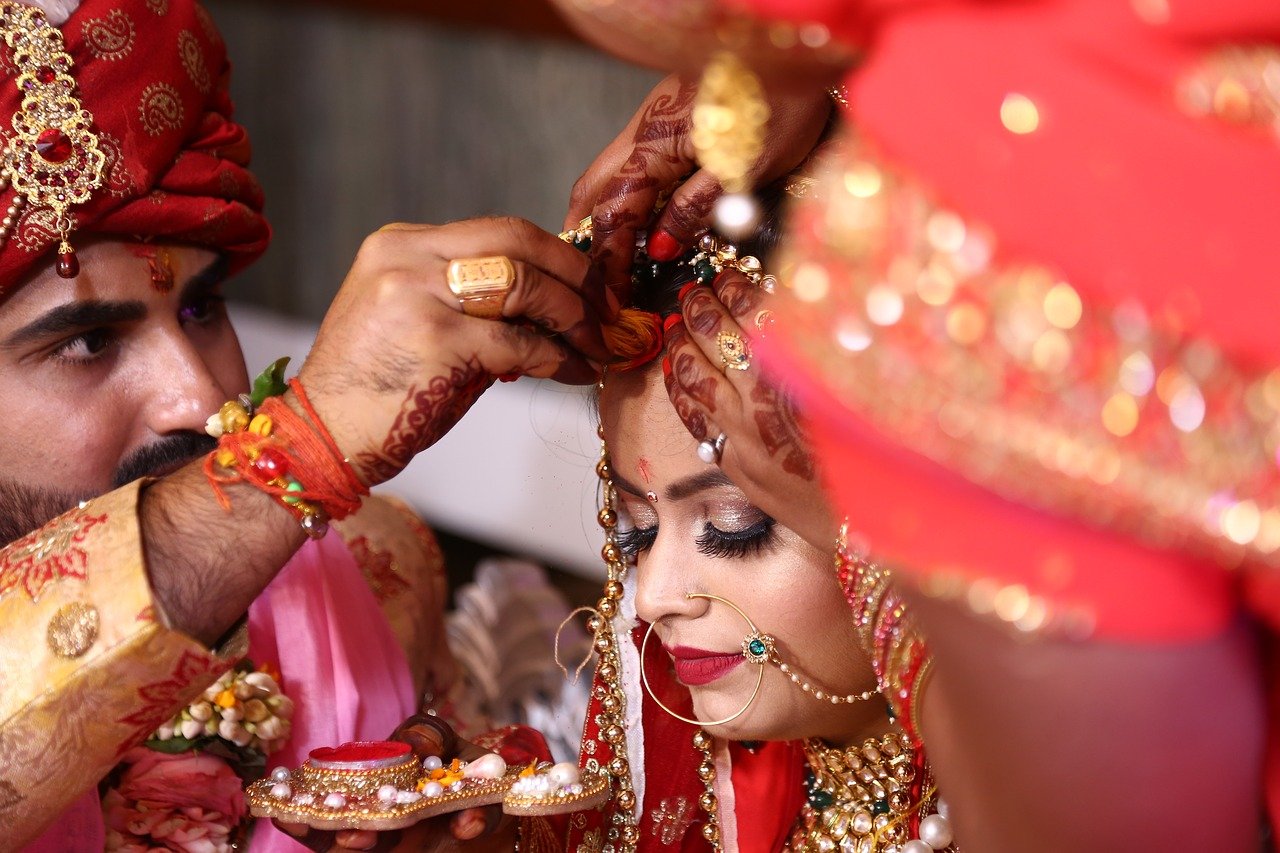We are a country of societal recluses. We over-emphasise the idea of falling in line. You cannot fall in love with an older person; you cannot be a homosexual; you cannot indulge in independent decision-making without facing the wrath of families if not the entire clan. In short, you cannot follow your heart.
When George Clooney tied the knot with Amal, 17 years his junior, it made the world go a little fuzzy over this (mis)match. Today, the headlines can’t stop gushing about their relationship, which has only grown stronger. When David Foster married singer Katherine McPhee, he was 69, while she was half his age at 34. They were recently blessed with a child.
When the flames of love were burning closer to home, with Priyanka Chopra Jonas tying the knot with Nick Jonas, who is ten years her junior, this unusual couple were met with stiff resistance and later overwhelming acceptance.
No human is flawless and hence, by extension, no marriage is either. In an era of uniformity and conformity, Harrison Ford, Sylvester Stallone, Catherine Zeta-Jones, Leonardo Di Caprio and 57 other non-conformists have taught society that life is meant to be lived free of unnecessary constraints.
What then keeps Indians cloistered by societal commitments, shame and unkind public and private remarks? Why is the age gap a conundrum in modern relationships in modern India?
It is dismaying to learn that the champions of gender justice and women’s empowerment are the first to withdraw, thanks to the regressive concept of “log kya kahenge” (what will people say?) which continues to dominate independent India’s social narrative. I recall tweeting not too long ago, when Milind Soman and his wife Ankita Konwar made headlines that elicited a few nasty responses, that I eagerly want to meet the “log” (people) in question.
We are a country of societal recluses. The reason to recuse oneself from the spotlight is the over-emphasis to fall in line. You cannot fall in love with an older person; you cannot be a homosexual; you cannot indulge in independent decision-making without facing the wrath of families if not the entire clan. In short, you cannot follow your heart.
The root of this problem stems from a cumulative build-up of regressive trends and ideas which seeped into the traditional mindset, thanks to a select few who believed that they were the guardians of society and its morals and values. The curfew around hearts and minds has been the norm in India for centuries. Be it caste or class conflict or the age gap in marriages, each of these redundant ideas has been normalised over time by society, leaving little space for a new and broad-minded outlook. Take the new Candere commercial, which has shone the spotlight on such unconventional marriages again.
Regressive Social Mindsets
Society is a confluence of three important factors: religion, culture and economic trends. So, what really is the ideal age to be married? Does one look at scripture, social culture or financial status?
A fascinating turn to this modern regressive thought – that people with large age gaps cannot find space in society – comes from ancient India’s primary law-giver. According to Manu (the first Indian law-giver), the ideal marriage was one in which the bride was approximately one-third the age of the groom. “Southern states tend to have wider age disparity than North India. Hindu, Brahmins, older generation women and illiterates less educated have a higher age gap between the sexes than their counterparts.”
On the other hand, Kamasutra, which is a more contemporary work on the science of love, seems to suggest that the bride should be younger than the groom by a modest three years.
According to an independent study, “Age at marriage has a negative effect on the age gap between couples. As age at marriage increases, the age gap between couples declines. With the one year increase in the year of marriage, the age gap declines by 0.01 years.”
There are two elements of compatibility in a marital relationship: Physical maturity and mental maturity. Modern marriages, however, are baffling. Instead of looking at compatibility, a so-called motive is often found for such supposedly inconvenient marriages. Take, for example, an article that says that marriages with wider age gaps could fail because they were birthed out of coercion, family compulsion or financial manipulation.
The moot point here, however, is that those not privy to such unfortunate circumstances are also bracketed and a broad-brush stroke is used to reason why such relationships cannot work.
Another absurd reasoning states that a marriage is the outcome of a younger woman’s calculated move to woo an older man for financial reasons, a plush life and little to worry about in terms of growth; in short, this marriage will be a back-door entry to instant riches and social privilege. There is also the absurdity termed “illogical infatuation” which fails to accept that a woman who is accomplished does not need a man as a ladder but as a companion, irrespective of age.
The illogical basis of such arguments has the potential to force a lot of couples who are genuinely interested in each other to either choose a life of isolation or just part ways against their own will, for fear of being wrongly labelled by society.
The Role of Education and Discourse
As a society, we need a broader understanding of concepts like love, marriage, sex and divorce. It is only when these discussions make their way into living rooms – instead of hushed tones and closed minds gossiping behind closed doors – will we have a fair understanding of what relationships can look like, instead of what relationships must look like.
Schools and colleges have a facade running when it comes to what most call “Love and Life: Sex Education”. Students need to understand which cues could be misunderstood by the opposite sex and why heinous crimes such as rapes are the result of both psychological issues and untamed physical excesses. It is only when young adults are made to understand right and wrong – in the truest sense of the term – that one can expect a society that is safe for all.
While there is no guarantee that marriages between individuals with smaller age gaps will pass the test of time, to demonise the non-conformists is worth condemning. As long as the couple is in a relationship of their own free will and finds mutual respect, compatibility and love, and chooses to be bound in a commitment that is of their preference, one must learn to say, logon ka kaam hai kehna, kuch toh kahenge (people’s job is to talk; talk they will).
Until these changes become a part of society, we will be refugees of our own hearts and minds. The truth of the matter is that the same society that binds us with fetters has but five full minutes to give us before they turn to another couple, another spicy topic, or another juicy gossip.
Katherine Abraham has completed her MA LLB, MBA and is currently pursuing her second Master's degree in Political Science. She is the author of Every Sunset Has a Story and The Rice Bag's Argument. She is an international freelance journalist (INS), public speaker, teacher and international photographer.


